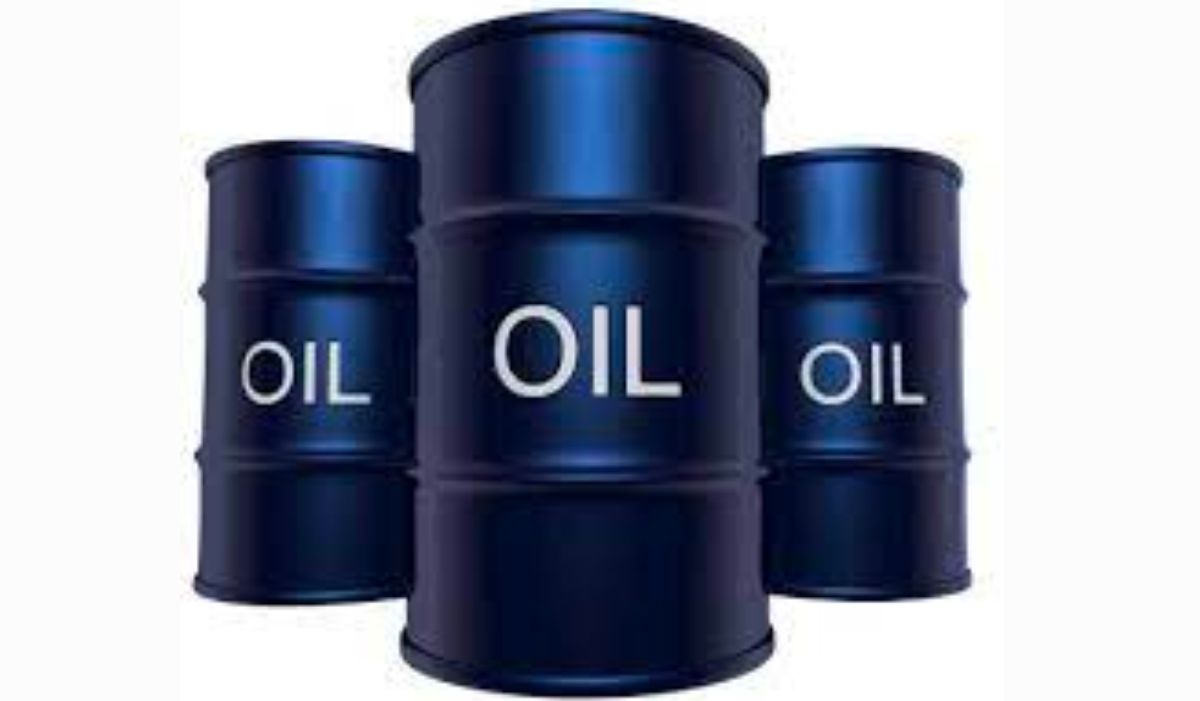Oil Prices Rebound on Iran-Israel Ceasefire and U.S. Rate Cut Hopes

Crude oil prices rose more than 1% on Wednesday as geopolitical tensions in the Middle East eased and hopes for U.S. interest rate cuts lifted demand outlooks.
Brent crude climbed 99 cents, or 1.5%, to $68.13 a barrel by 0902 GMT, while U.S. West Texas Intermediate (WTI) rose 94 cents to $65.31.
The gains followed Tuesday’s steep losses, with Brent and WTI settling at their lowest levels since early June. The decline came after hostilities between Iran and Israel appeared to ease, as both sides indicated a halt to airstrikes following diplomatic pressure from U.S. President Donald Trump.
“Concerns about oil supply disruptions have declined,” said Giovanni Staunovo, a commodity analyst at UBS. “The drawdown shows that demand is still holding up in the U.S., and the trade tensions were not as bad as some were fearing.”
Industry figures revealed that U.S. crude inventories dropped by 4.23 million barrels in the week ending June 20, according to data from the American Petroleum Institute.
Meanwhile, comments from Federal Reserve Chair Jerome Powell have sparked speculation that a rate cut could come as early as July. Rate cuts generally stimulate economic activity, potentially driving up fuel demand.
“Fed Chair Powell’s first testimony to Congress yesterday hinted at a slight chance of bringing forward the first rate cut of 2025 to July… which should offer some form of floor on oil prices from the demand side,” said OANDA senior market analyst Kelvin Wong.
Other U.S. economic indicators, including weaker-than-expected consumer confidence figures, have bolstered the case for monetary easing, with futures now pricing in nearly 60 basis points of cuts by December.
A preliminary U.S. intelligence report suggested that recent American strikes on Iranian nuclear facilities had only caused minor setbacks, leaving the broader threat largely intact. However, both Iran and Israel have stepped back from further escalation, signalling the end—at least temporarily—of direct hostilities.
“While concerns regarding Middle Eastern supply have diminished for now, they have not entirely disappeared, and there remains a stronger demand for immediate supply,” said ING analysts in a client note.
Analysts expect oil prices to hover within the $65 to $70 per barrel range as traders monitor upcoming U.S. economic releases and the Fed’s next policy decision. U.S. government inventory data expected later on Wednesday could further influence market direction.





